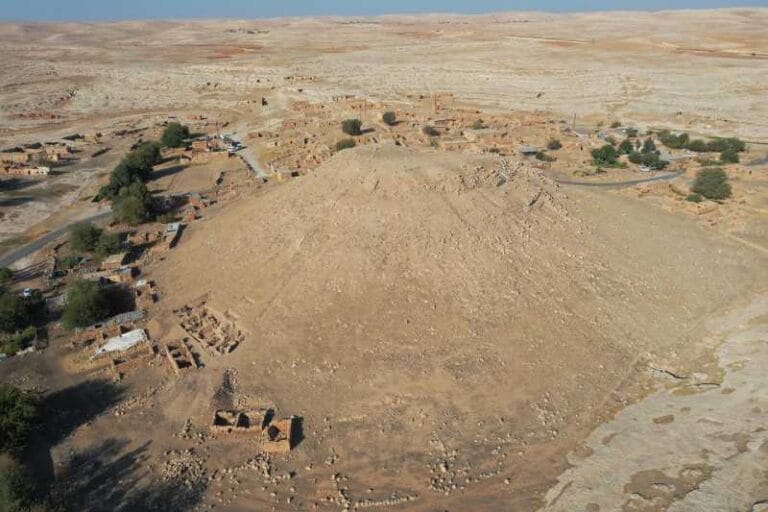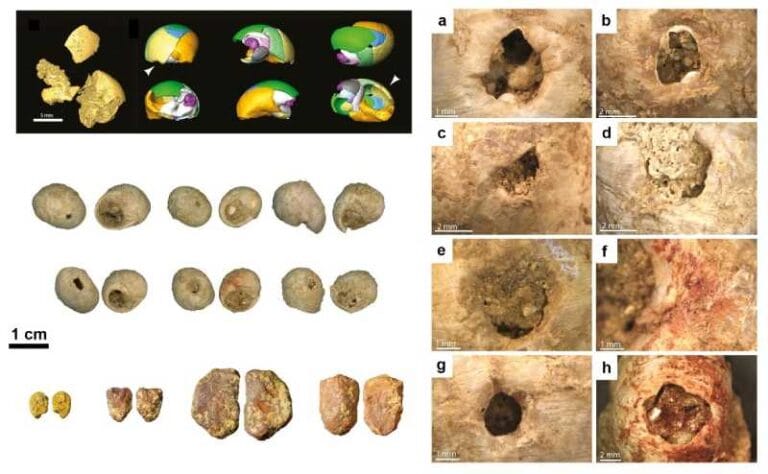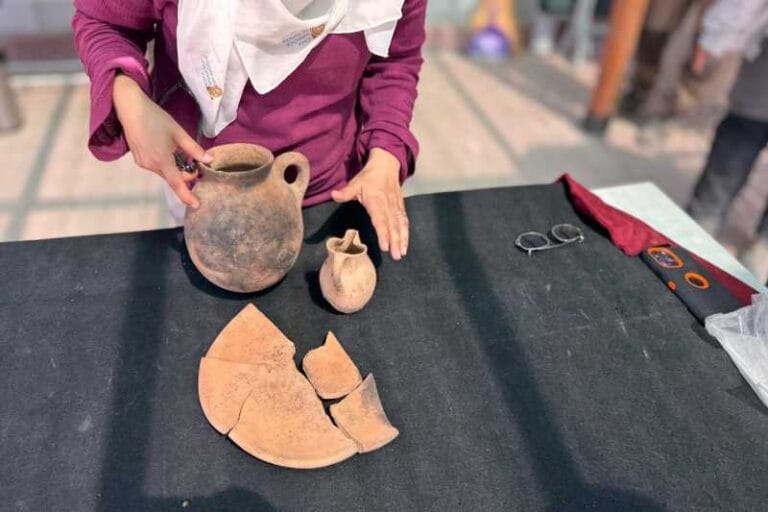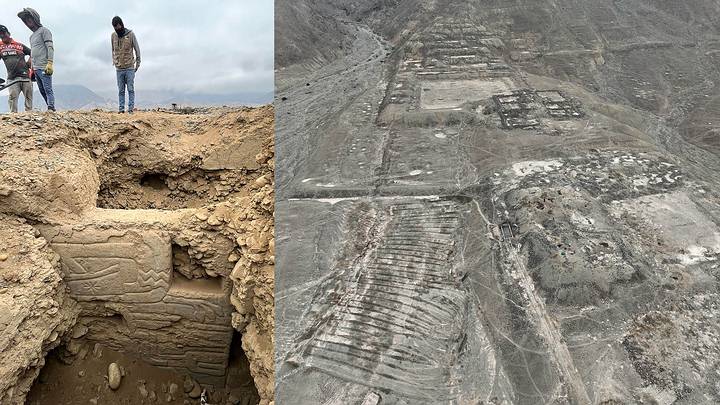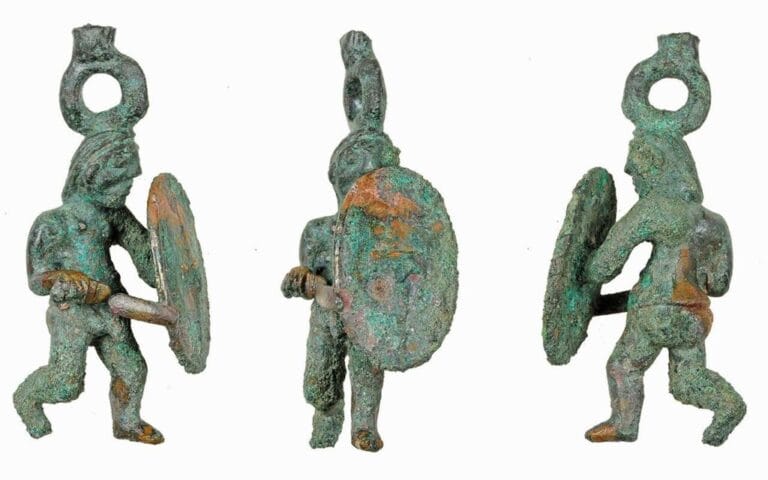Discovery shows humans lived in Argentina 20,000 years ago
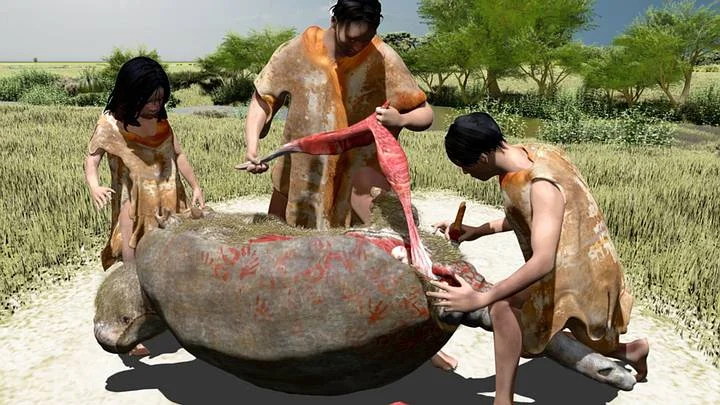
In a discovery that rewrites the history of human occupation in the Americas, researchers have found irrefutable evidence of the interaction between humans and megafauna in the Southern Cone. The centerpiece of this story is a glyptodont, a giant extinct relative of the armadillo, with cut marks on its fossil bones dating back an impressive 21,000 to 20,800 years.
This discovery, published in the journal PLOS One, not only attests to human presence in the region 5,000 years earlier than previously thought, but also reveals one of the first known examples of interaction between our species and these colossal animals.
For a long time, the dominant narrative suggested that the first inhabitants of the Americas arrived via a land bridge between Siberia and Alaska around 13,000 years ago. However, in recent years, archaeological sites in North and South America have challenged this view, showing evidence of a much older human presence.

The discovery of glyptodont bones with cut marks adds to this evidence, providing concrete and incontrovertible proof of the coexistence of humans and megafauna in the south of the continent.
The bones of the glyptodont Neosclerocalyptus were found in the Pampas region of Argentina. A thorough analysis revealed 32 cut marks on different parts of the animal’s body, including the pelvis, tail and carapace.

The V-shape of some of these marks, coupled with the absence of carnivore tooth marks and the rapid fossilization of the animal, led the researchers to an unequivocal conclusion: these marks were made by humans, using stone tools.
The location of the cut marks suggests a deliberate slaughter sequence, focusing on the glyptodont’s pelvic and tail muscles. This indicates that humans of the time not only hunted these colossal animals, but also used a significant amount of their meat.

According to the study’s co-author, Miguel Delgado, a paleoanthropologist at the National University of La Plata in Argentina: “It is possible that people targeted glyptodonts because of their size (~300 kilos) and the large packs of muscle they possess.”
This monumental discovery not only readjusts the chronology of human presence in the Southern Cone, but also opens up a range of new questions and research possibilities.
As well as revealing interactions between man and megafauna, the results of this study “push back the chronological framework of human presence and human interactions with megafauna some 5,000 years earlier than has been recorded at other sites in southern South America”, the authors write in their study.

Researchers are now looking for lithic tools at the excavation site, searching for material evidence that further corroborates the interaction between humans and megafauna.
The discovery of the glyptodont bones with cut marks represents a milestone in South American paleoanthropology, paving the way for a deeper understanding of the complex relationships between the first inhabitants of the Americas and the animals that populated the continent in ancient times.
“While we haven’t found any tools yet, it’s worth noting that we’ve only excavated a small portion of the site, and there may be more evidence, such as lithic tools,” Delgado said.

